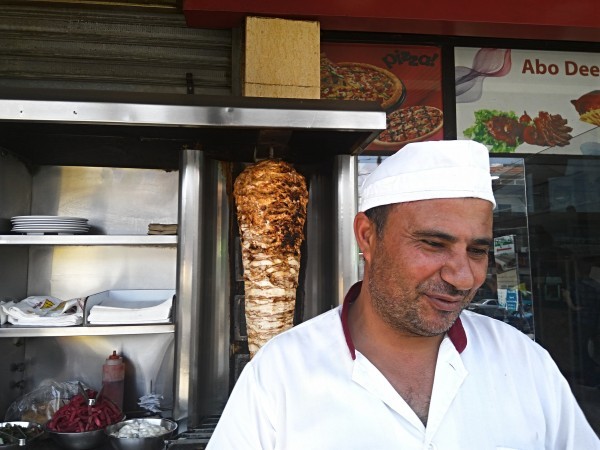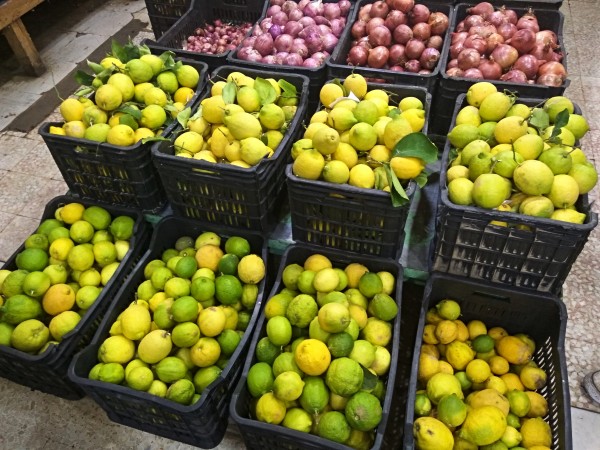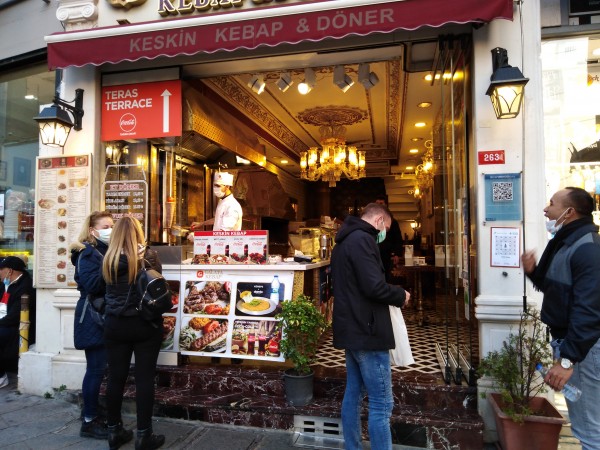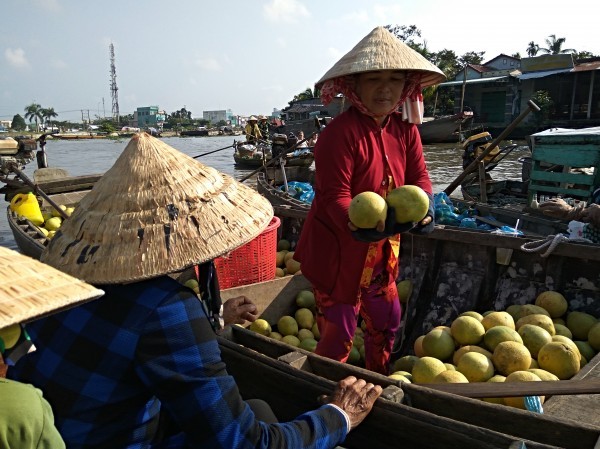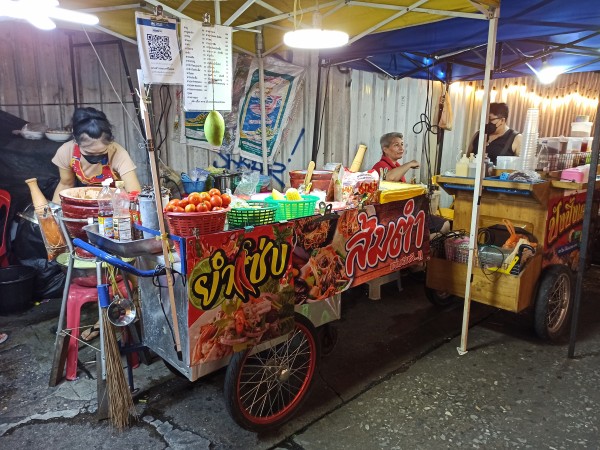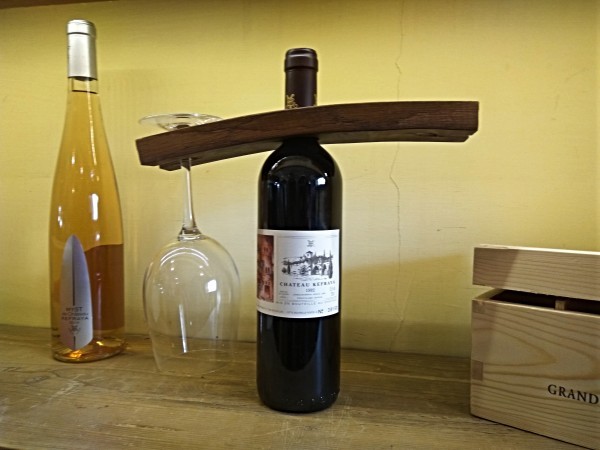
Wine tasting in Château Kefraya
Two Château Kefraya – red 2012 and white 2016, Les Bretèches 2014, Myst 2016 and Comte de M 2010 - perfect blends of grapes' varieties.
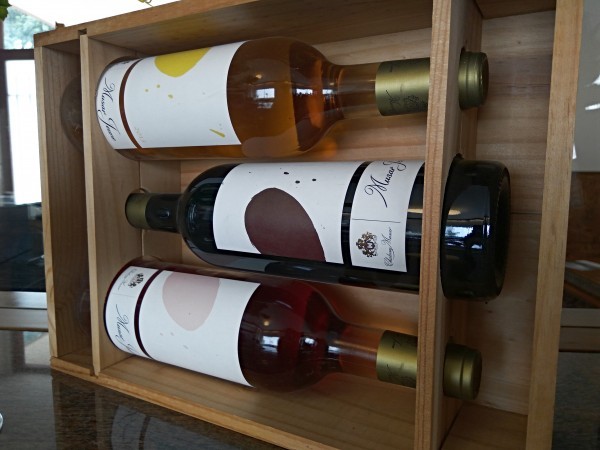
Not only restricted to France - Lebanese Beaujolais Nouveau
As time was still good for Lebanese Beaujolais Nouveau, we had a chance to taste jeune wines from Château Musar. Musar Jeune Blanc, Rouge and Rosé are all bottled and labeled in the same way. The label is simple, minimalistic in the design and elegant.
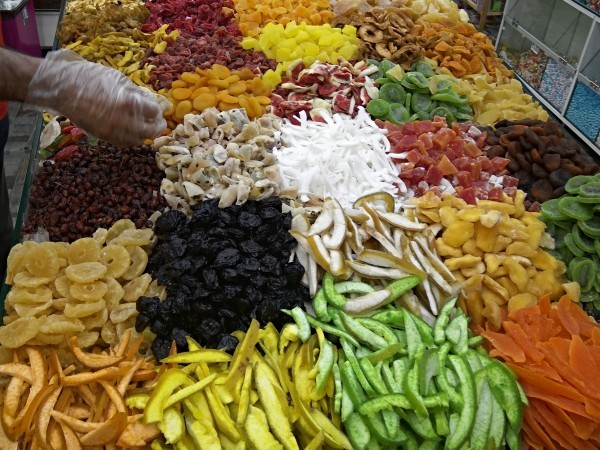
Freshly picked and dried on the sun, stuffed dates, apricots and figs...
Do you like dried fruits? I do. Lovely, naturally sweet, full of aroma, both chewy and crispy. And if eaten in their country of origin they taste much, much better. Dried figs, walnuts, dates,…
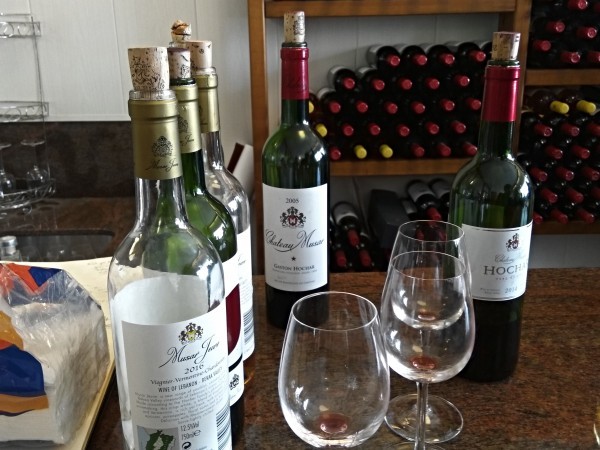
Wine tasting in Château Musar
One white from 2007 and two red wines, in which one of them was a 2005 wine and the second one from 2014.
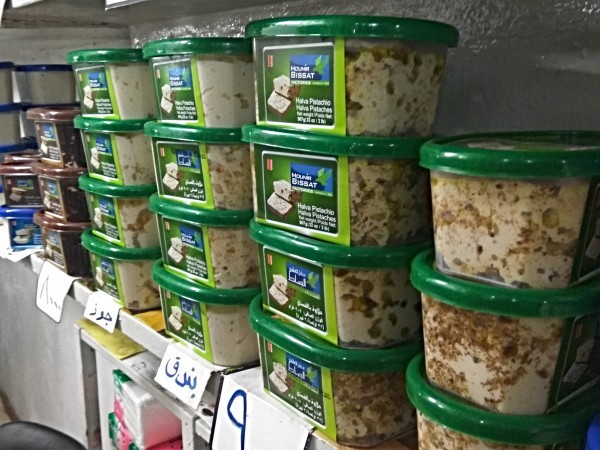
Extremely sweet, smooth and full of flavors - that is how the Lebanese Halva is!
One of traditional and loved sweets in Lebanon is halva. And believe me – it is really good and worth trying, even if you do not like sweets very much. Well, yes, it is sweet. It is even very sweet, but also delicious.
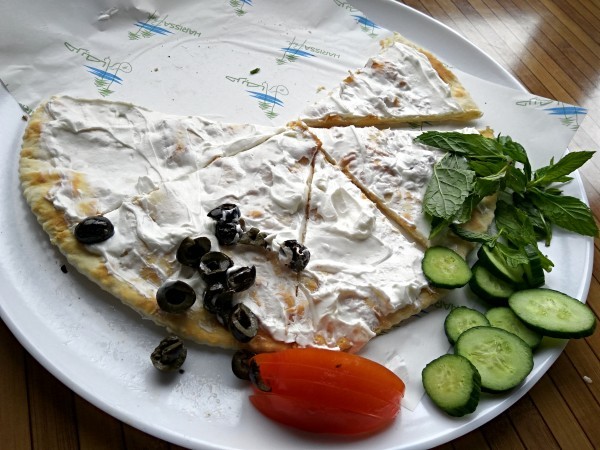
Manouche with labneh accompanied by greens and fresh peppermint leaves
Manouche is a kind of a pizza on a thin base. It is topped with either zaatar or with any kind of Lebanese cheese or with minced meat.
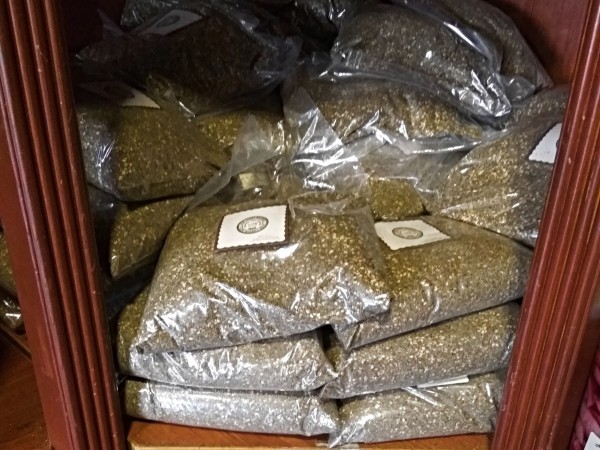
Lebanese cuisine cannot exist without Za'atar, but what's that? Curious about it?
Have you ever heard about zaatar? Do you know what is that and what could you use it for? If you are curious about it, read it!
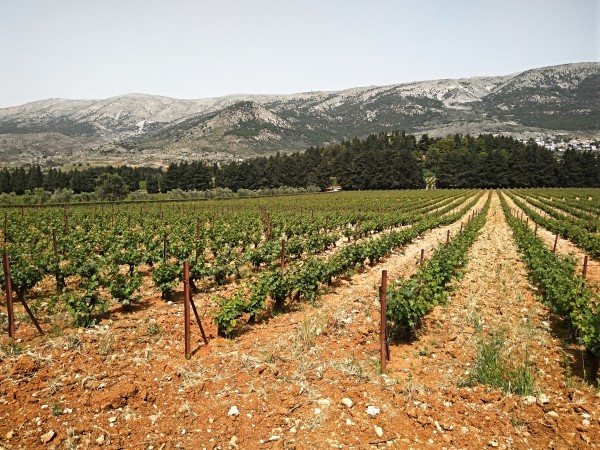
An inspiring visit to Château Kefraya
Continuing our wine tasting tradition, we went to Château Kefraya. That vinery is in the western part of Bekaa Valley and spreads over 300 hectares of slopes.

Surprised by spiders, cobwebs and dust in Château Musar...
Château Musar is located not far away from Beirut. Just 25 to 30 km north from the capital. The town is also worth visiting as it has a nice atmosphere, medieval look and looks as it could look like hundred of years ago.
